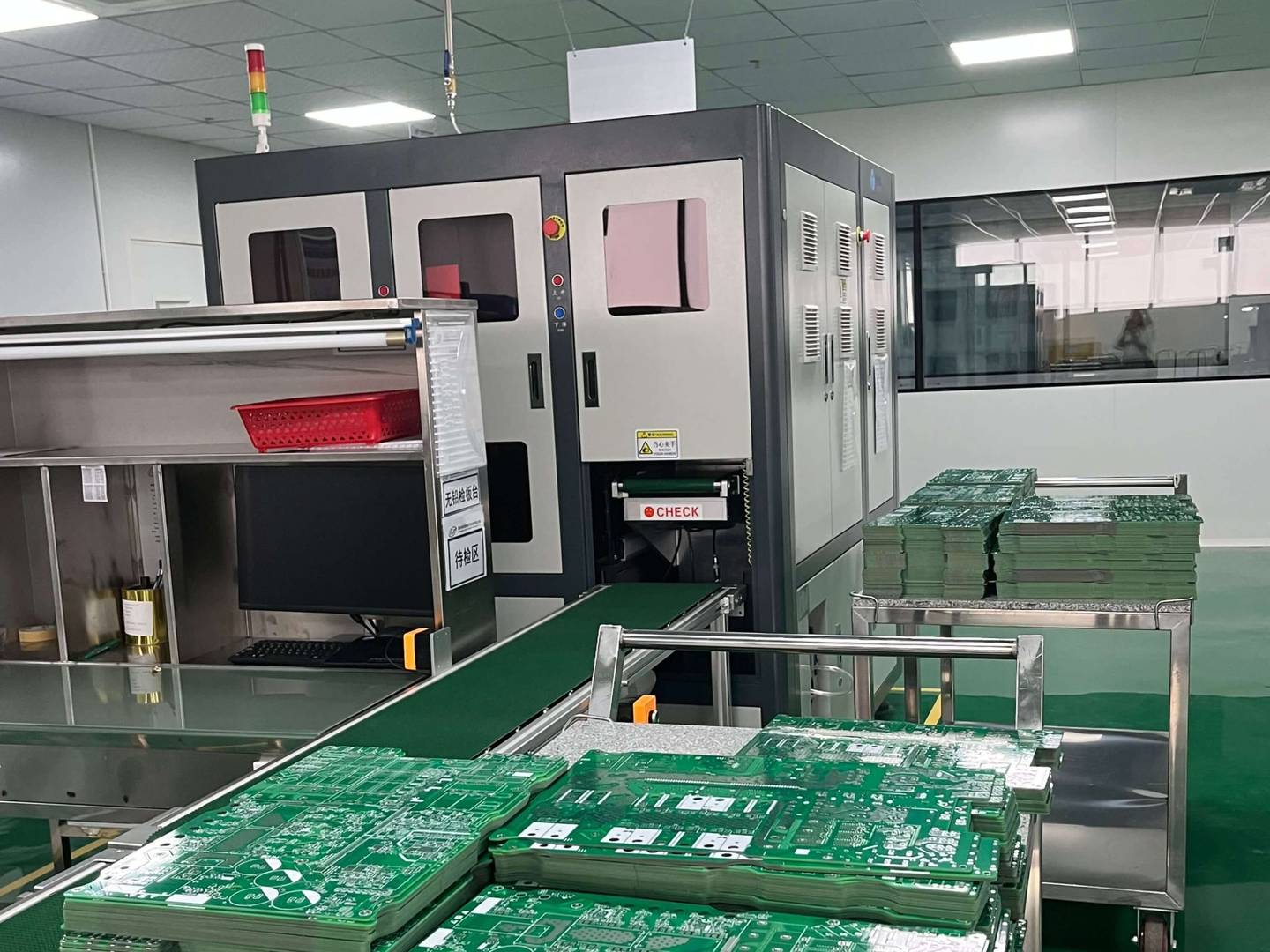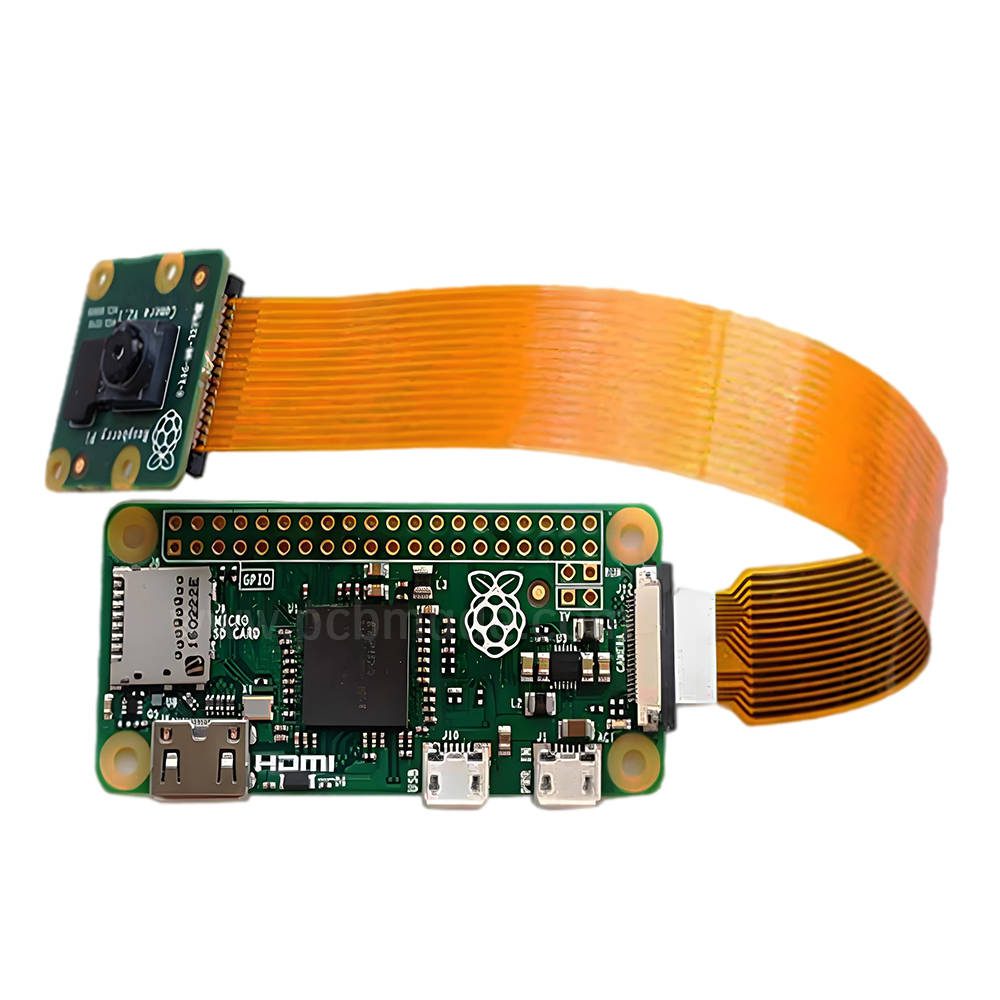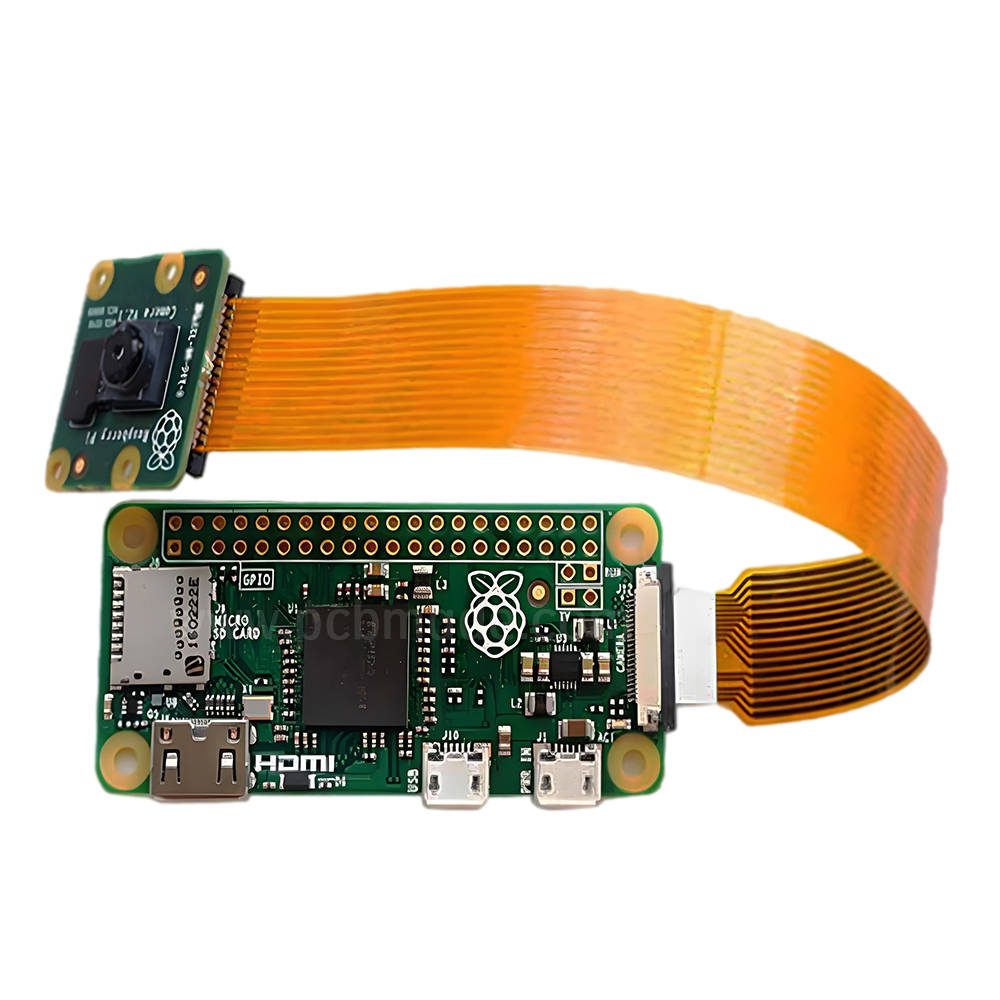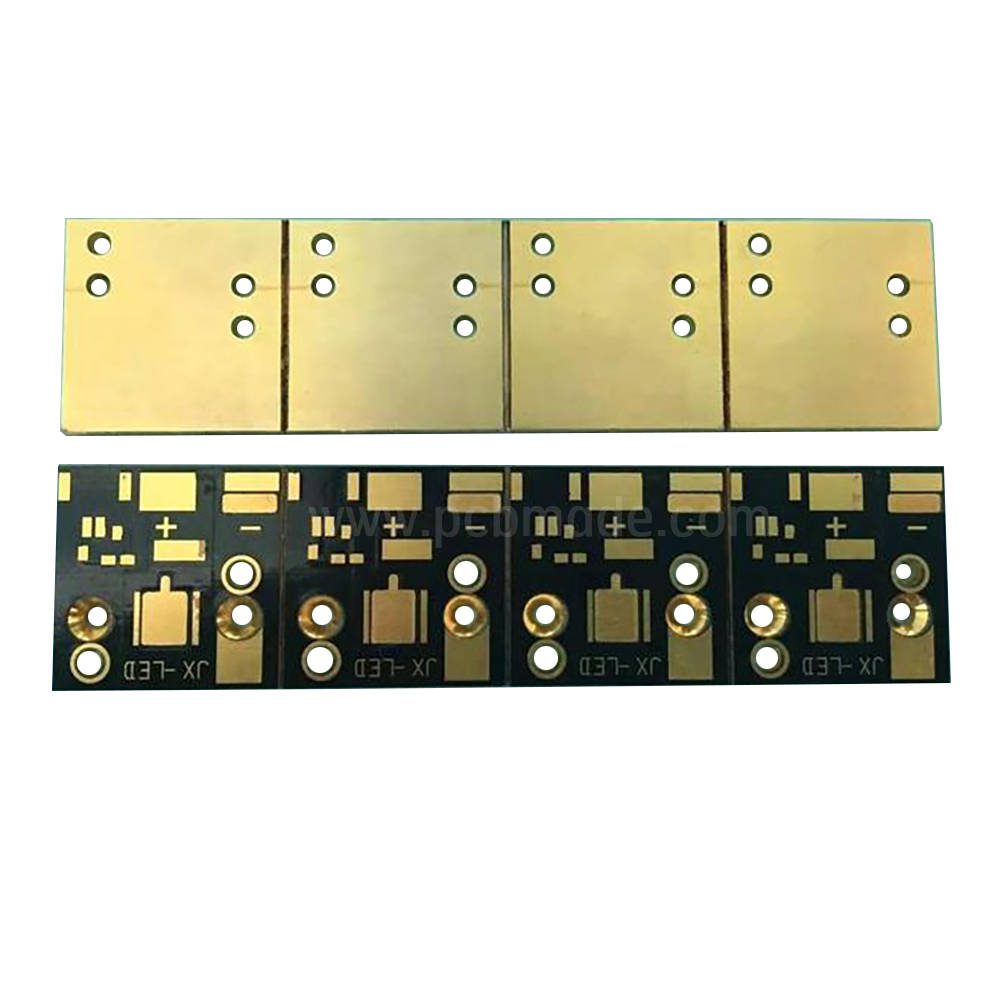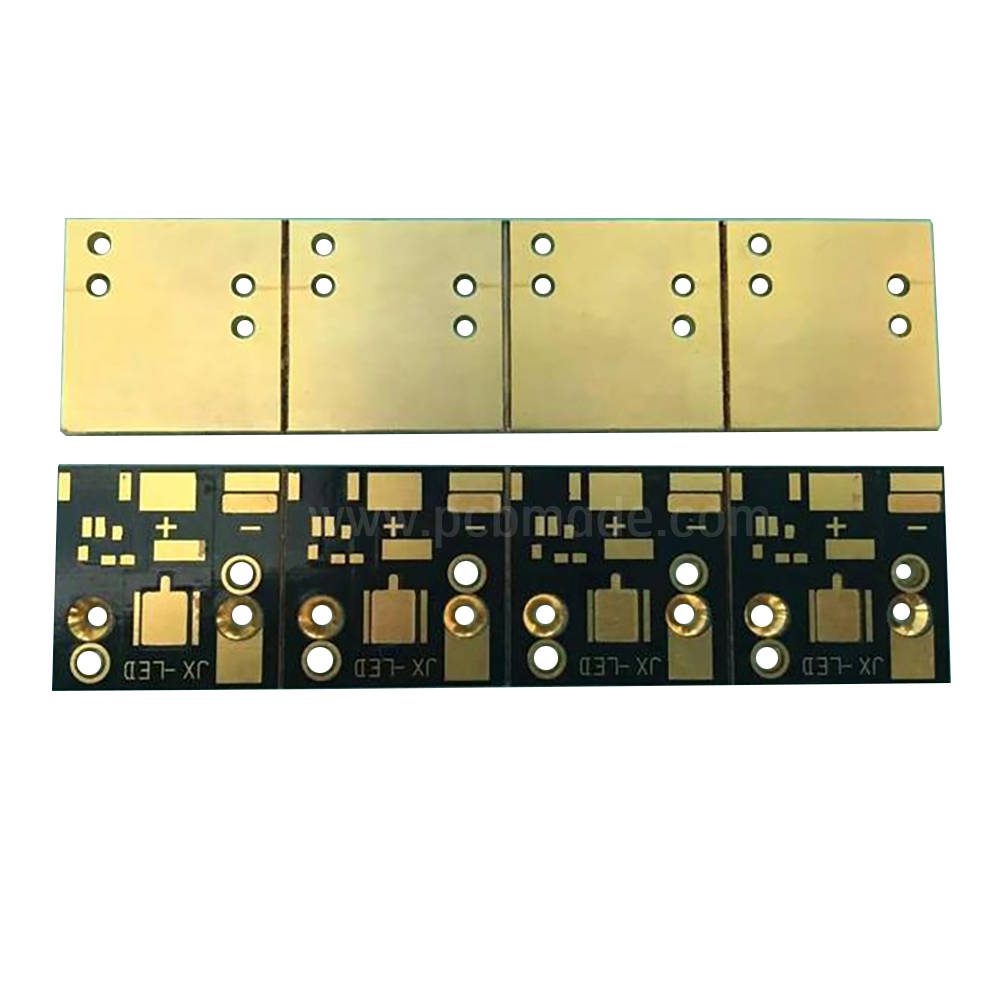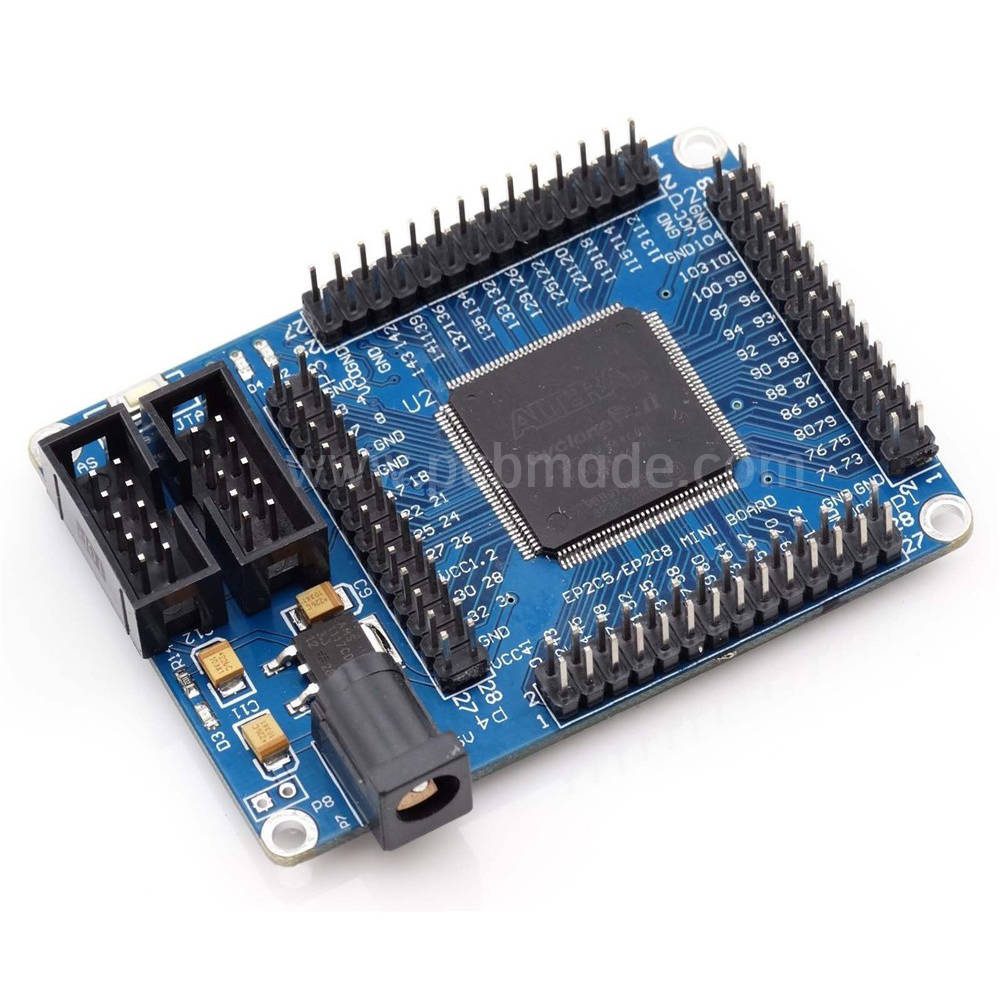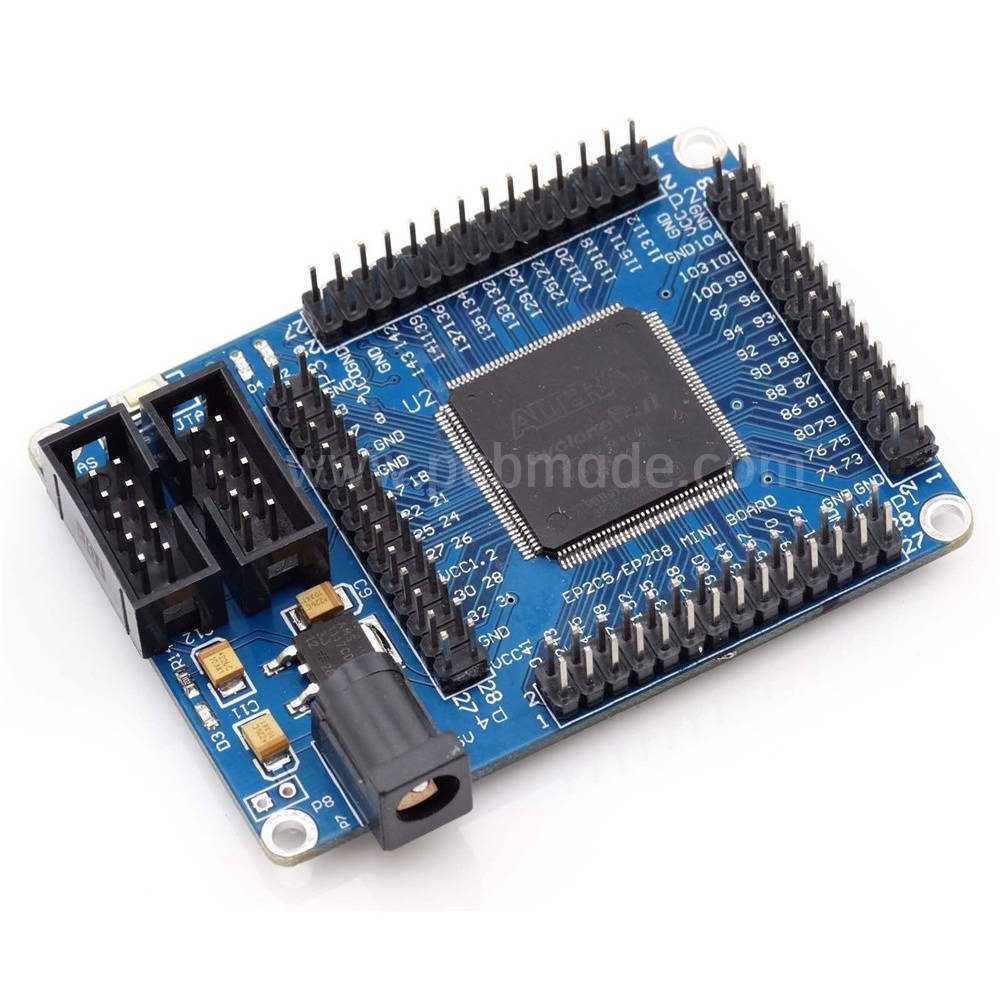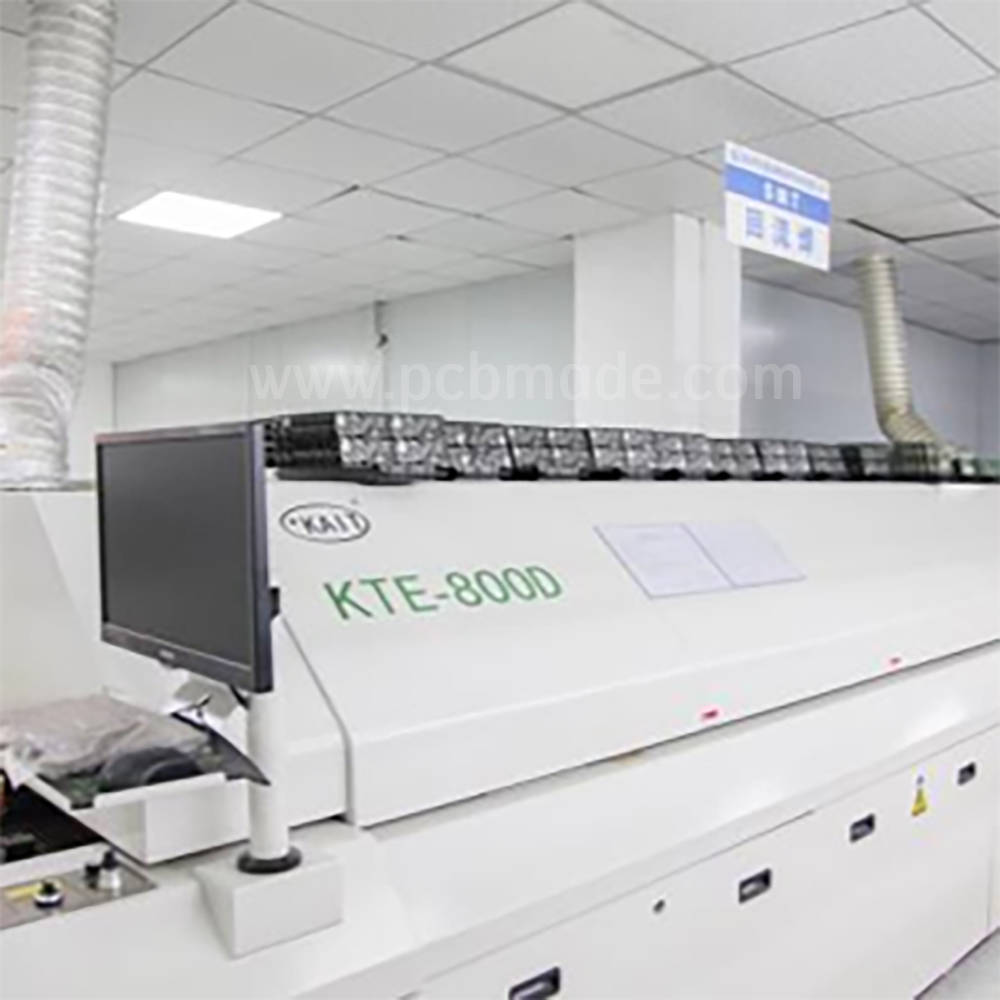Electrostatic Discharge (ESD) is a common problem in the manufacturing and use of electronic products. Due to the occurrence of static electricity, electronic product components may malfunction or even lose their function. In order to protect electronic devices and circuit boards (PCBs), some commonly used anti-static methods have been developed.
1、 Grounding design
Reasonable grounding design is one of the important means to prevent electrostatic damage. The grounding design on PCB should consider the comprehensive configuration of the entire circuit, determine a reasonable grounding point and connection method. At the same time, the grounding circuit should follow the principle of shortest, most direct, and lowest impedance in order to quickly guide any possible electrostatic discharge on the ground.
2、 Anti static coating
Anti static coating is a protective film covering the PCB, which can effectively reduce the generation and accumulation of static electricity. These coatings are usually made of conductive materials and have good electrical conductivity. The main function of anti-static coating is to introduce static electricity into the ground and prevent damage to electronic components caused by electrostatic discharge. At the same time, anti-static coatings can also improve the environmental stability and corrosion resistance of PCBs.
3、 Shielding design
Shielding design is a method of surrounding a PCB with conductive materials or shielding covers to prevent external static interference. Shielding design can effectively isolate electrostatic fields and reduce the impact on PCBs. Common shielding design methods include metal shielding covers, shielding wires, and shielding plates. These shielding components can guide the electrostatic field to the ground, thereby preventing damage to the PCB caused by electrostatic discharge.
4、 Static eliminator
A static eliminator is a movable device that can be used to eliminate accumulated static electricity when needed. Static eliminators can generate charges of opposite polarity, which neutralize the accumulated static electricity. This device can effectively reduce the damage of static electricity to PCB. When using a static eliminator, follow safety operating procedures to ensure that it does not interfere with other electronic devices.
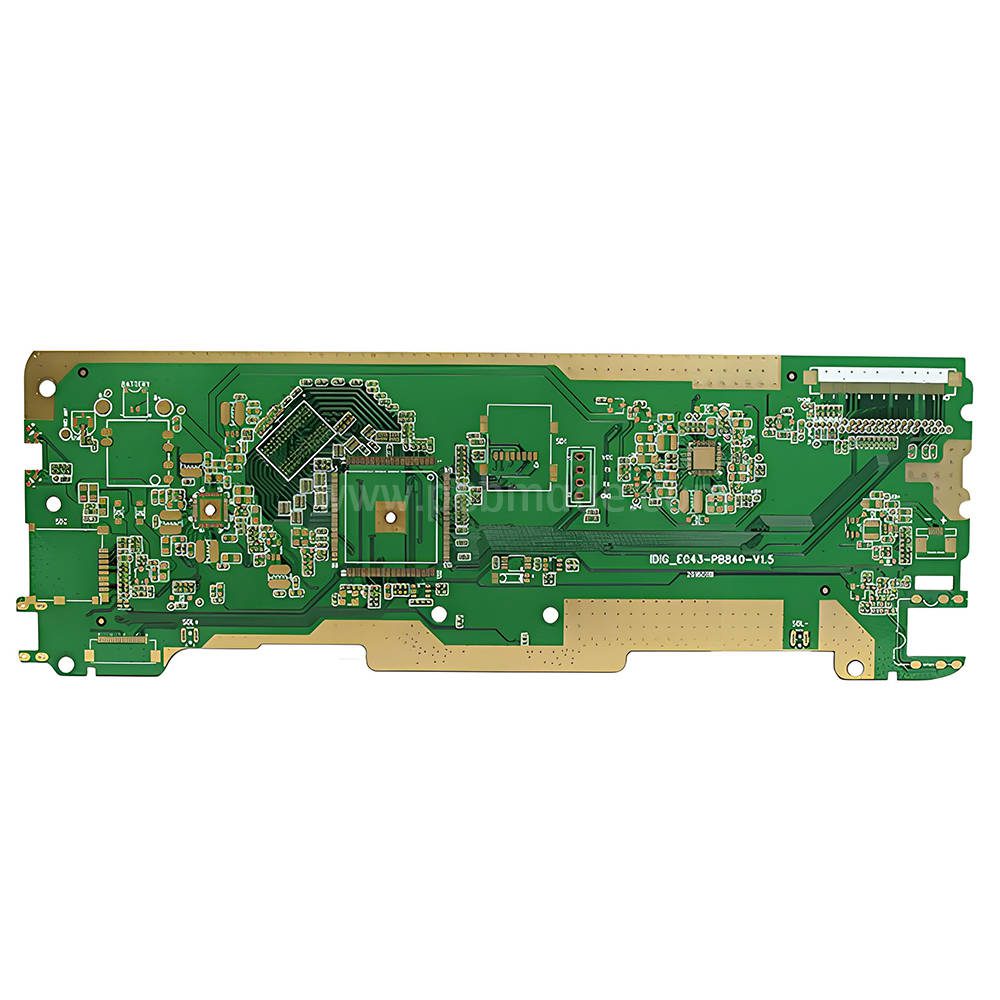

Through various methods such as reasonable grounding design, use of anti-static coatings, shielding design, and static eliminators, we can effectively prevent static electricity from causing damage to PCBs. These methods can improve the reliability and stability of electronic devices, and extend their service life. In the PCB design and production process, we need to pay attention to and take appropriate anti-static measures to ensure the high quality of electronic products.


